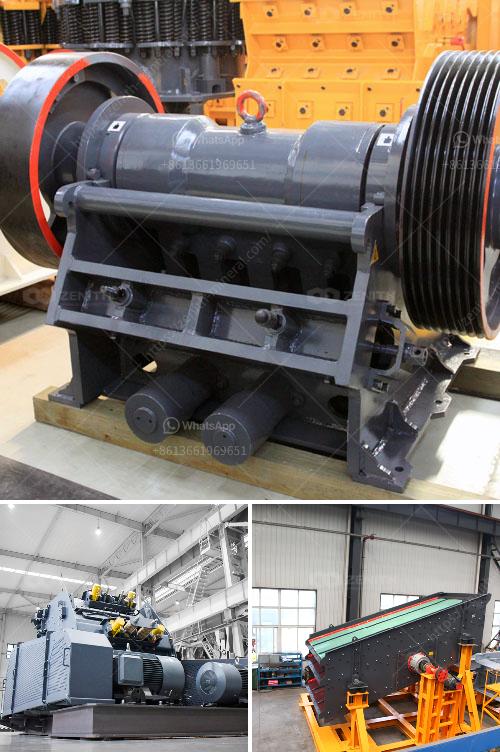A jaw crusher crushes limestone by utilizing compressive force. Here's a step-by-step explanation of the process:
Feeding: Raw limestone rocks are fed into the crusher's chamber via a vibrating feeder or a hopper.
Crushing Mechanism: The jaw crusher consists of two main parts: a fixed jaw and a movable jaw. The movable jaw exerts force against the fixed jaw through a reciprocating motion.
Compression: As the movable jaw moves closer to the fixed jaw, the limestone rocks are subjected to compressive forces. This force causes the rocks to break and reduce in size.
Discharge: Crushed limestone particles that meet the desired size exit the crusher from the bottom discharge opening. Larger particles leave through the bottom opening, which can be adjusted to achieve different particle sizes.
Cycle Repetition: The process repeats, with the movable jaw moving back and forth to continue crushing more limestone until the desired output is achieved.
Overall, jaw crushers are effective for primary crushing of limestone due to their ability to handle hard, abrasive materials and generate uniform aggregates.

